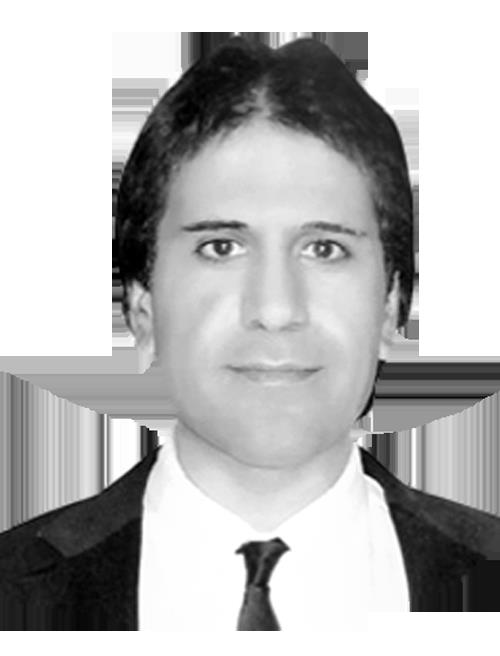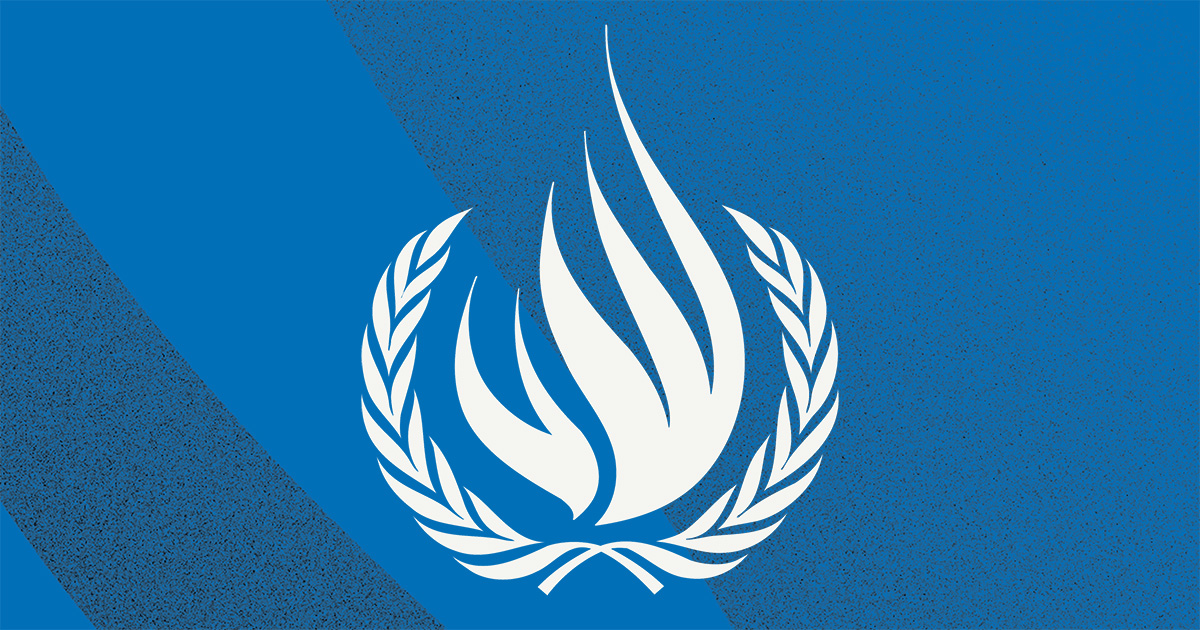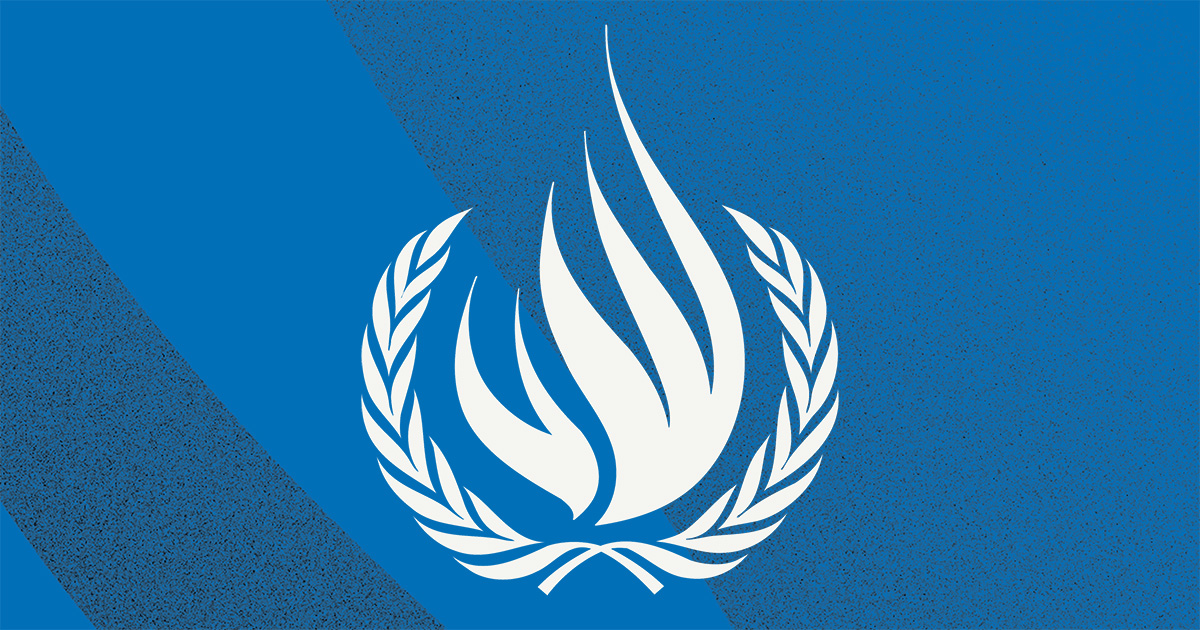
Global poverty remains one of the most important, yet complicated, global issues. It is important to examine its root causes in order to effectively chart a path in tackling the underlying problem. At this stage of globalization and advanced technology, there are enough resources to address this issue.
Poverty is defined as a condition of deprivation in which an individual, family or a community lacks the financial resources and basic necessities to maintain a minimum standard of living. Basic essentials in life include food, clothing, water and shelter.
In order to measure extreme global poverty, the World Bank adopted the global poverty line, which uses factors such as purchasing power parity, exchange rates across countries, global prices and values of local currencies. The international poverty threshold was $1 a day in 1985, $1.90 a day in 2015, and was updated to $2.15 in September 2022 as the cost of living increased. In other words, surviving on less than $2.15 a day is considered to be living in extreme poverty.
But it is important to point out that the poverty line in richer countries is set at higher levels due to the higher standard of living and differences in purchasing power. A person might be making more than $2.15 a day, but his or her family still may be unable to afford basic necessities, such as electricity, clean water, education, basic healthcare and proper housing. For example, the poverty line in the US for one individual is around $15,000 (SR56,280) a year, or about $56 per day.
Based on the updated global poverty line, almost 10 percent of the world population lives in extreme poverty, while about half survive on less than $6.85 per person per day. On the global level, one in nine people is hungry or undernourished.
But the most important issue is that the young are disproportionately affected since almost half of people living in extreme poverty are children. This despite the fact that children comprise only one-third of the global population. An estimated 360 million children are living in extreme poverty, and roughly 1 billion children lack access to nutrition, housing, education, water, sanitation and healthcare. In other words, children are more than twice as likely to be living in poverty compared with adults.
The other problem is that poor communities become trapped in a cycle of hardship that can last for generations, as they are unable to provide the resources, education, opportunities and basic necessities needed for their children to pull themselves out of poverty. In 2021, about 5 million children (roughly 16,000 a day) died before their they reached their fifth birthday, while 2.1 million children and youth aged between 5 and 24 lost their lives because of inadequate access to healthcare, according to the latest estimates released by the UN Inter-agency Group for Child Mortality Estimation.
In addition to hardship, impoverishment can have long-term effects on children’s mental and physical health, such as slowing brain development. According to the US Department of Health and Human Services: “Childhood poverty is associated with developmental delays, toxic stress, chronic illness and nutritional deficits. Individuals who experience childhood poverty are more likely to experience poverty into adulthood, which contributes to generational cycles of poverty. In addition to lasting effects of childhood poverty, adults living in poverty are at a higher risk of adverse health effects from obesity, smoking, substance abuse and chronic stress.”
Poor communities become trapped in a cycle of hardship that can last for generations.
Dr. Majid Rafizadeh
One of the main factors in global poverty is inequality when it comes to distribution of resources. Other reasons include inefficient systems of governance at the state level; corruption; discrimination against ethnic and racial groups; social barriers; inadequate access to healthcare; lack of access to education, food, clean water and sanitation; poor infrastructure; high unemployment rates; lack of social services and welfare offered by government; and gender inequality; as well as climate change and environmental degradation leading to droughts, storms and flood.
We should bear in mind that conflicts have a substantial impact on poverty. Conflicts and wars can inflict damage on infrastructure and, more importantly, disrupt production and manufacturing processes.
Some people may point out that poverty has existed throughout human history, but I would argue that there exists one difference in the 21st century: The world has enough resources, technology and wealth to tackle this critical global issue and make sure that people meet at least their basic needs regarding food, clothing, water, education, adequate healthcare and shelter.
This will require coordination on individual, national, regional and international levels to ensure accessibility of technology to everyone, availability of basic resources, education, food, healthcare, clean water, sanitation, shelter, and addressing poor governance and corruption.
Cooperation between the private sector, private philanthropy and the government’s developmental programs is critical as well to channel resources to poor communities. The role that the wealthiest in the world can play should not be underestimated. The wealth of some individuals and philanthropists has grown larger than that of some national economies and government budgets. As economist Homi Kharas, of the Brookings Institute, wrote: “There are 2,755 billionaires in the world today, with an estimated wealth of $13.2 trillion. Even just 1 percent of this wealth would yield a flow of $130 billion per year. This can be compared with annual official aid of roughly $160 billion from all countries and multilateral institutions combined.”
In summary, the impact of global poverty on children is substantial. We have all of the resources and technology necessary to tackle this global issue.
• Dr. Majid Rafizadeh is a Harvard-educated Iranian-American political scientist.
Twitter: @Dr_Rafizadeh











